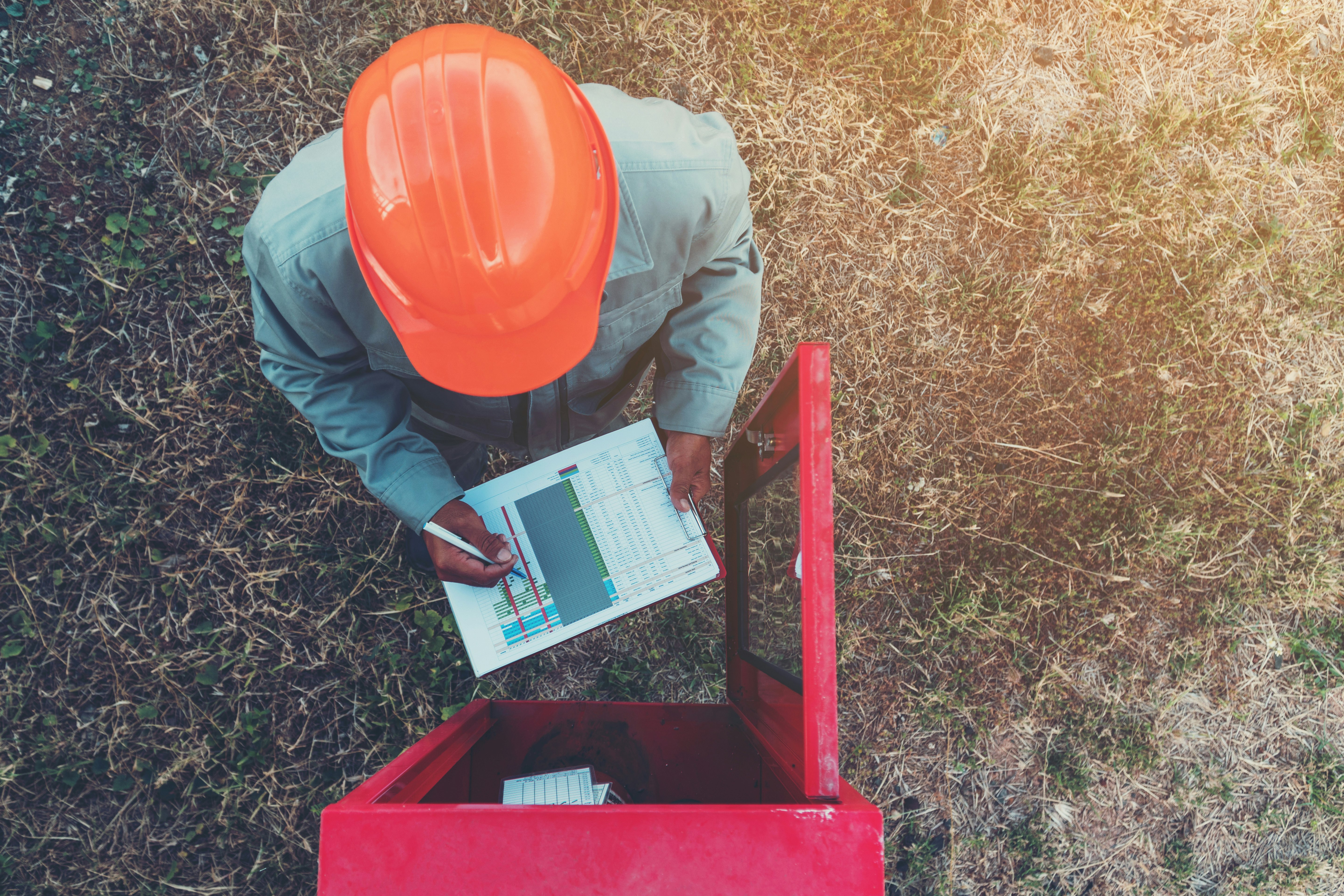Free download: Field technician benefits & retention guide - get your copy here.

Are you in control of your combustible cladding asset information?
Most commercial property stakeholders are aware of the combustible building cladding issues that exist in Australian commercial buildings, yet the commercial asset stakeholders aren’t fully in control of their asset information and are doing little about it.
The importance of control over asset information should not be ignored, with many citing combustible cladding issues as risky as walking through a minefield.
The tragic fire at Grenfell Tower in London June 2017, put issues such as these into the spotlight, with global concerns raised about building safety and industry compliance with required standards.
As a result, the Australian Federal Government, through the BMF, published an implementation plan in March 2019, subsequent to the Shergold Weir Building Confidence report in February 2018, to ensure the safety of Australian buildings through regulation, certification and compliance.
A nationally uniformed approach to asset control, including asset data sharing was recommended
So, what can you do about it? By utilising an effective data management system, containing accurate and current asset lifecycle data with detailed records on construction or subsequent asset alterations, you can facilitate your risk self-assessment process.
In all states, statutory orders may be issues to you seeking building documentation and associated data not held by councils.
Asset lifecycle data and records on construction or alterations don't and shouldn't start, finish and then disappear with each change of ownership, major refurbishment or appointed management representative!
What is the first step you can take to become more compliant?
Products such as Uptick allow you to manage all your critical information in one place, through our asset management and lifecycle reporting offering.
Uptick offers built-in fields to meet the requirements of AS1851 for all major asset types, and unlimited customised fields, you can manage your customer assets and track major servicing/ post-annual servicing requirements and even prepare 30-year budgets for your customers.


